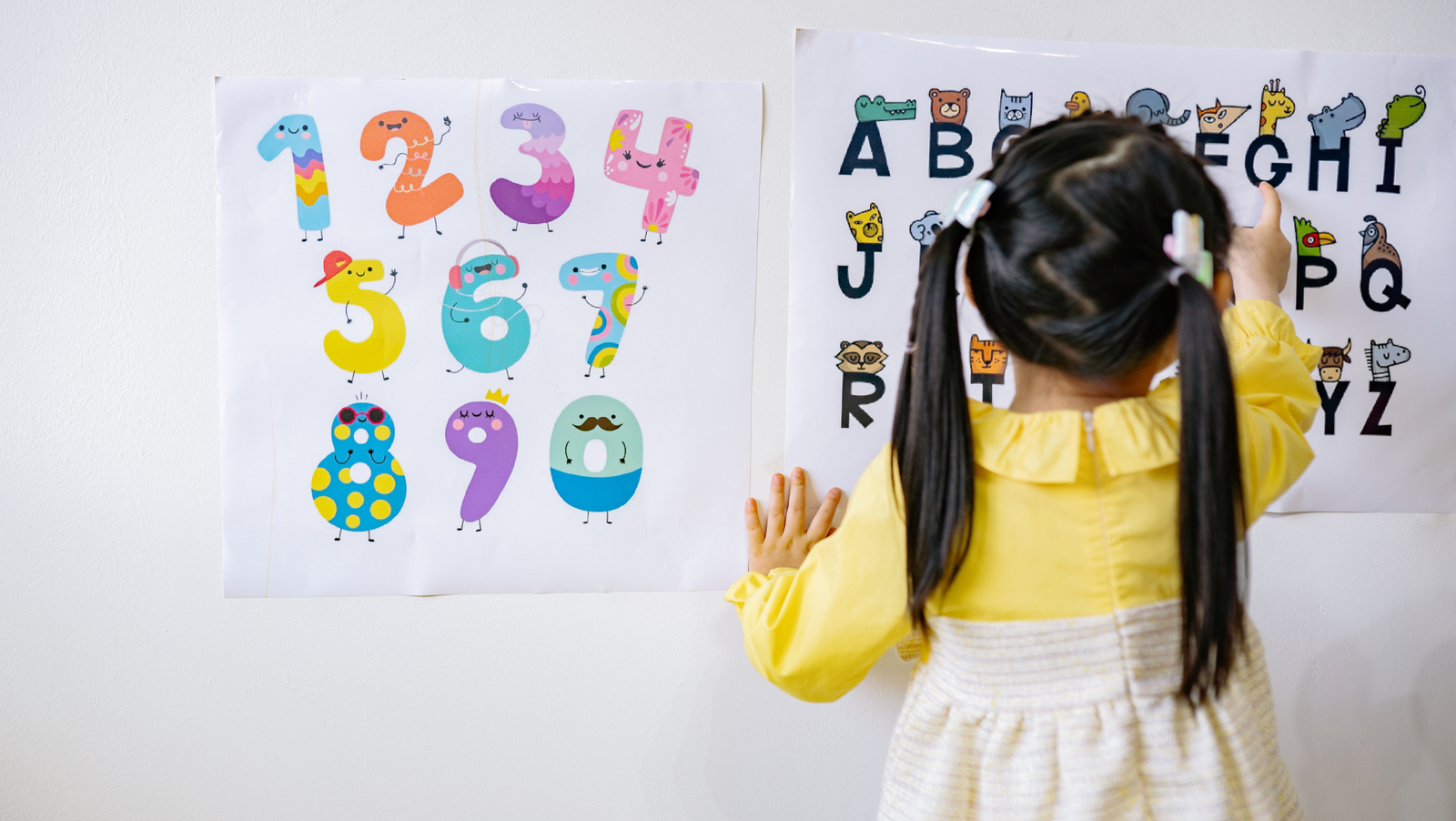
ISSN-2348-8824(Print), 3048-5061 (Online)
RNI No: HARENG/2021/35200
Vol, XIV, No. 1 August 2023 – Nov-2023
Abstract
The holistic development of children in their early years is of utmost importance as it lays the foundation for their lifelong learning and well-being. To achieve this goal, educators and policymakers have recognized the value of incorporating various approaches and frameworks.
This research article explores the integration of Jadui Pitara (Magic Box) and Pancha Kosha (Five Sheaths) as a means to promote holistic development in early years education. By combining the elements of imaginative play, child-centered pedagogy, comprehensive curriculum frameworks, and holistic well-being, educators can create a nurturing learning environment that caters to the cognitive, physical, emotional, social, and spiritual dimensions of a child’s growth.
The study examines the theoretical foundations and practical implications of incorporating these elements to create a comprehensive and child-centered learning environment. The article emphasizes the potential of combining these approaches to facilitate holistic growth, creativity, critical thinking, and overall well-being in young learners.
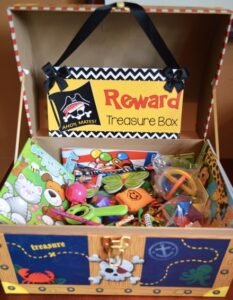
Source: https://in.pinterest.com/pin/498281146254258688/
Introduction
Early childhood is a critical period in a child’s development, laying the foundation for their lifelong learning, growth, and well-being. To ensure holistic development during this crucial phase, it is essential to incorporate effective approaches and frameworks that cater to the diverse dimensions of a child’s growth. This research article aims to explore the integration of Jadui Pitara (Magic Box) and Pancha Kosha (Five Sheaths) as means to promote holistic development in early years education.
Jadui Pitara, a concept rooted in imaginative play and discovery-based learning, provides children with a magical box filled with diverse materials and objects. This approach encourages curiosity, creativity, problem-solving, and critical thinking, fostering cognitive development and igniting a passion for exploration and learning.
It offers a comprehensive approach to early years education, addressing cognitive, physical, emotional, social, and spiritual dimensions. By incorporating Jadui Pitara in the early years’ education system, educators can create a nurturing and inclusive learning environment that stimulates curiosity, critical thinking, imagination, emotional intelligence, social skills, physical abilities, and spiritual growth.
This article explores the integration of Jadui Pitara (Magic Box) based on the Pancha Kosha concept, which recognizes the multidimensional nature of human existence. By combining the enchantment of Jadui Pitara and the holistic framework of Pancha Kosha, early childhood educators can create a transformative learning experience that fosters holistic development in young learners.
It will delve into the concept in detail, examining its theoretical foundation, exploring practical strategies for implementation, and highlighting its potential contributions to holistic development in early childhood.

Source: https://meaningfulmama.com/day-255-mystery-box.html
Understanding Jadui Pitara
Jadui Pitara refers to a magical box filled with diverse materials, objects, and resources that spark children’s curiosity, imagination, and creativity. It serves as a gateway to open-ended exploration, encouraging children to embark on exciting learning journeys, make connections, and discover their unique potential.
The NCF and NEP provide comprehensive guidelines for curriculum planning, emphasizing child-centered education, inclusivity, and a multidisciplinary approach. They focus on fostering a love for learning, promoting active participation, and integrating knowledge from various domains. By adhering to these frameworks, educators can create meaningful learning experiences that cater to the unique needs and interests of each child.
Understanding Pancha Kosha
Pancha Kosha, rooted in ancient Indian philosophy, recognizes the holistic nature of human existence. It acknowledges the five sheaths: physical, vital, mental, intellectual, and spiritual. Nurturing each sheath contributes to the overall well-being and balanced development of a child.
Incorporating the Elements for Holistic Development
The integration of the elements mentioned below is an interpretation that seeks to align with the principles of the Pancha Kosha framework and enhance various aspects of a child’s development.
Physical Development: Jadui Pitara offers opportunities for physical exploration and sensory experiences, promoting gross and fine motor skills development. The NCF and NEP advocate for active and play-based learning, incorporating movement, outdoor activities, and structured physical education to support physical development. Jadui Pitara can engage the physical sheath by incorporating hands-on materials that promote sensory experiences, fine and gross motor skills development, and body awareness.
Emotional and Social Development: Jadui Pitara, with its imaginative play and storytelling elements, facilitates emotional expression, empathy, and social interactions. The NCF and NEP prioritize social-emotional learning, promoting inclusivity, cooperation, and the development of positive relationships among children. Creating a nurturing and supportive classroom environment aligns with the principles of Pancha Kosha, fostering emotional well-being and social development.
Cognitive Development: Jadui Pitara can be integrated into early years education by providing open-ended materials and engaging activities that stimulate inquiry, problem-solving, and critical thinking skills. The NCF and NEP can guide the selection of developmentally appropriate and conceptually rich learning experiences, ensuring cognitive growth and intellectual stimulation. Children can engage in open-ended activities, puzzles, and brain-teasers, fostering cognitive skills, creativity, and curiosity.
Spiritual Development: Jadui Pitara, when integrated with value-based storytelling and reflective activities, can contribute to the spiritual development of young children. The NCF and NEP encourage the incorporation of value education, mindfulness practices, and contemplative approaches to foster inner growth, moral reasoning, and a sense of interconnectedness. Pancha Kosha emphasizes the spiritual dimension as an integral part of holistic development.
Unlocking Foundational Literacy Skills with the Captivating Jadui Pitara
Here’s how the teachers create a Jadui Pitara based on the concept of Pancha Kosha to enhance foundational literacy skills in the early years:
- Select a Special Box: Choose a colourful and appealing box that will capture the children’s attention. It could be a decorated shoebox, a vibrant storage container, or any other container that adds a touch of excitement and mystery.
- Fill it with Objects and Materials that enhance the Pancha Kosha: Collect a variety of objects and materials related to language learning that enhance different elements of Pancha Kosha.
Creating a Jadui Pitara for Enhancing Literacy Skills:
By the Teachers…For the Students
TARGET AGE GROUP: 4 to 7 years
- a. Multi-Sensory Materials that lead to Sharirik Vikas (Physical Development): Add tactile objects such as textured fabrics, squishy balls, or sensory toys that engage different senses and stimulate language exploration. These materials can be used in activities such as feeling different textures, describing them, and linking them to related vocabulary or sensations.
b. Rhyme and Song Cards that lead to Pranik Vikas (Development of Life Energy):
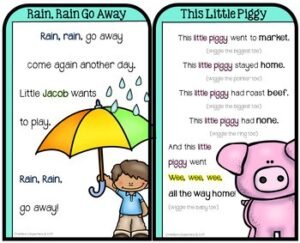
Create cards with popular nursery rhymes or song lyrics. These can be used for singing and reciting rhymes, promoting language rhythm, and enhancing phonological awareness. Encourage them to clap, stomp their feet, or move their bodies to the beat of the songs. This can help stimulate their vital energy and promote a sense of liveliness.
The rhyme and song picture cards offer a unique avenue for cultivating life energy and exploring Pranik Vikas. Students are presented with two to three picture cards illustrating the rhyme/song and one blank card for personal expression. Using these cards as prompts, students craft their own stories or interpretations. This activity sparks their imagination through playful rhymes and songs. This creative exercise lays the foundation for a lifelong journey of self-discovery and personal growth.
c. Storybooks and Puppets/Soft Toys that lead to Mansik Vikas (Mental-Emotional Development):
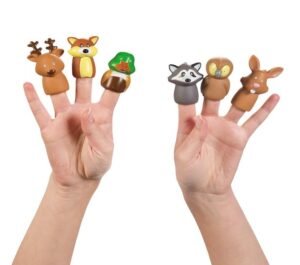
Select age-appropriate storybooks with engaging narratives and vibrant illustrations. Read aloud these stories and encourage children to express their thoughts and emotions about the characters or events in the story. This can help develop their emotional intelligence and foster empathy.
Add a puppet or soft toy character that can become a language companion during storytelling or role-playing activities. This will encourage children to express themselves and engage in conversations.
d. Picture Cards, Letters and Words that lead to Baudhik Vikas (Intellectual Development):
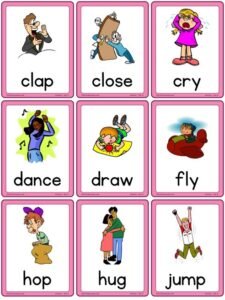
Source: https://th.bing.com/th/id/OIP.ddkKIp_s7MKBZPkrxkwPVgHaJ2?pid=ImgDet&rs=1
Utilize flashcards with images of animals, objects, actions, or everyday items to promote vocabulary building and language development. Encourage children to describe the images, name them, and create sentences using the words. This can enhance their cognitive abilities and linguistic intelligence.
Incorporate magnetic letters, alphabet cards, or word cards to facilitate letter recognition, phonics, and spelling activities. Encourage children to identify letters, create words, and build sentences. This can enhance their language skills and cognitive development.
- e. Language Games that lead to Chaitsik Vikas (Spiritual Development):
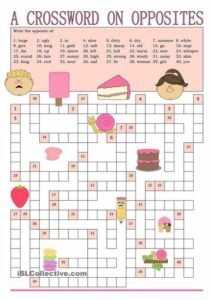
Source: https://i.pinimg.com/originals/21/a6/78/21a678f459ee3eb0aa5506de4910f510.jpg

Source: https://th.bing.com/th/id/OIP.8nl8L3giKKH0Rpbt0epDAgHaHa?pid=ImgDet&rs=1
Engage children in language-based games such as word puzzles or memory games that promote interaction with words and language skills. Encourage cooperative play and a sense of joy and fun during these activities. This can create a joyful learning environment and contribute to the child’s overall well-being.
“My Cup of Emotions” is an activity designed for spiritual development in the early years. Children decorate cups with different colours or symbols representing their emotions. They then discuss and share their emotions, using the cup as a visual aid. Emotion mapping using stories involves reading stories that evoke various emotions and discussing how characters feel. Children identify emotions connecting them to specific story events. These activities foster emotional intelligence, self-awareness, and empathy. They provide a safe space for children to explore and understand their emotions, promoting spiritual growth by nurturing their emotional well-being and fostering a deeper connection with themselves and others.
Organize and Decorate: Arrange the objects and materials in an organized and visually appealing manner inside the Jadui Pitara. Consider labeling or categorizing sections to facilitate easy access and exploration of specific language areas.
Introduce the Jadui Pitara: Create an aura of excitement and anticipation when introducing the Jadui Pitara to the children. Explain that it contains magical items that will help them explore and develop their language skills.
Interactive Activities: Design interactive activities and games around the objects and materials in the Jadui Pitara.
For example:
- Storytelling: Encourage children to pick an object from the Jadui Pitara and incorporate it into a story. They can take turns adding elements to create a collaborative tale.
- Vocabulary Games: Use picture cards to play games such as “What’s Missing?” or “I Spy,” where children have to identify or find specific objects based on verbal clues.
- Puppet Plays: Use the puppet or soft toy character to engage children in role-playing activities, dialogues, or imaginative conversations.
- Phonics and Spelling: Use magnetic letters or word cards to practice letter recognition, spelling, and word formation activities.
- Singing and Rhymes: Use the rhyme or song cards to sing together, recite rhymes, and emphasize language rhythm and pronunciation.
Encourage Communication: Throughout the activities, encourage children to express their thoughts, ideas, and feelings using language. Provide opportunities for them to ask questions, engage in discussions, and actively participate in conversations.
The key is to make the language learning experience interactive, enjoyable, and meaningful. The Jadui Pitara will serve as a magical gateway to unlock the children’s language skills and ignite their curiosity and love for learning.
NOTE: Contents and activities of the Jadui Pitara are based on the age and language proficiency of the children. To keep the learning experience fresh and exciting, the materials need to be updated and rotated regularly.
Ignite Your Literacy Journey: Craft Your Own Jadui Pitara for Personalized Learning
Students at Salwan embark on a wondrous literacy journey as they create their own extraordinary Jadui Pitara to amplify their literacy skills. This enchanting endeavour encourages young minds to curate a pitara filled with captivating learning resources. From spellbinding storybooks and engaging word games to enchanting flashcards and bewitching writing tools, this personalized collection becomes a gateway to a world of linguistic exploration. Students unlock the power of imagination and cultivate a deep connection with language as they delve into their Jadui Pitara. With each treasure they uncover, they unravel the mysteries of literacy, empowering themselves with the tools and confidence needed to embark on a lifelong love for words.
Creating a Jadui Pitara for Enhancing Literacy Skills:
By the Students…For the Students
Select a sturdy box or chest: Students are encouraged to find a box or chest that can hold their learning materials securely. They decorate it to make it visually appealing and magical.
- Choose favourite books: They are asked to include books that captivate their interest.
- Add vocabulary games: Interactive vocabulary games are incorporated for a fun learning experience.
- Include writing materials: They place pens, pencils, colourful markers, and notebooks in their Jadui Pitara. These tools help them practice writing, spelling, and creative expression.
- Incorporate literacy-based puzzles: They also include word puzzles, crosswords, and word search games that promote critical thinking, problem-solving, and word recognition.
- Add a journal or diary: A journal to encourage daily writing practice, reflection, and the development of storytelling skills is also included.
- Personalize with favourite items: Students add personal touches such as bookmarks, stickers, or inspirational quotes to make their Jadui Pitara truly unique and motivating.
- Explore and enjoy: Students open their Jadui Pitara whenever they want to immerse themselves in the magical world of literacy. They explore different materials, discover new stories, and embrace the joy of learning at their own pace.
NOTE: Remember, the Jadui Pitara is a reflection of their interests and learning journey, so they should be given the freedom to customize it with materials that inspire them and make their literacy adventure even more enchanting!
This enchanting activity empowers students to enhance their foundational literacy skills while incorporating their interests. This process sparks curiosity, encourages independent exploration, and fosters a deep connection with the world of words. As students unlock their Jadui Pitara, they unlock a world of endless possibilities, where the joy of learning intertwines with the magic of imagination, propelling them towards greater literacy proficiency and a lifelong love for reading and language.
Conclusion
The integration of Jadui Pitara based on the Pancha Kosha concept presents a captivating approach to holistic development in early years education. By leveraging the magic of the Jadui Pitara and acknowledging the diverse dimensions of human existence represented by the Pancha Kosha, educators can unlock children’s potential across the physical, vital, mental, intellectual, and spiritual realms. This harmonious integration fosters a love for learning, curiosity, creativity, emotional intelligence, cognitive growth, and a sense of purpose in young learners. Ultimately, it empowers them to embark on their lifelong journey of holistic development and self-discovery.
Incorporating Jadui Pitara and Pancha Kosha in early years education offers a comprehensive framework for fostering holistic development. Adopting these approaches ensures that early years education caters to the diverse needs of young learners, laying the foundation for their lifelong growth and success.
About the Author
Kriti Arora is a passionate and dedicated early years educator with 12 years of teaching expertise. She is proficient in tailoring lessons to accommodate diverse learning styles, ensuring every student’s success. She can be reached at kritigulati21@gmail.com.








